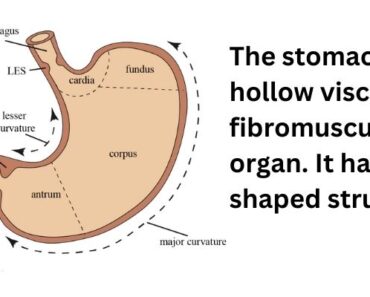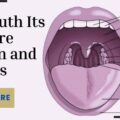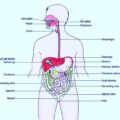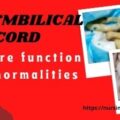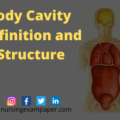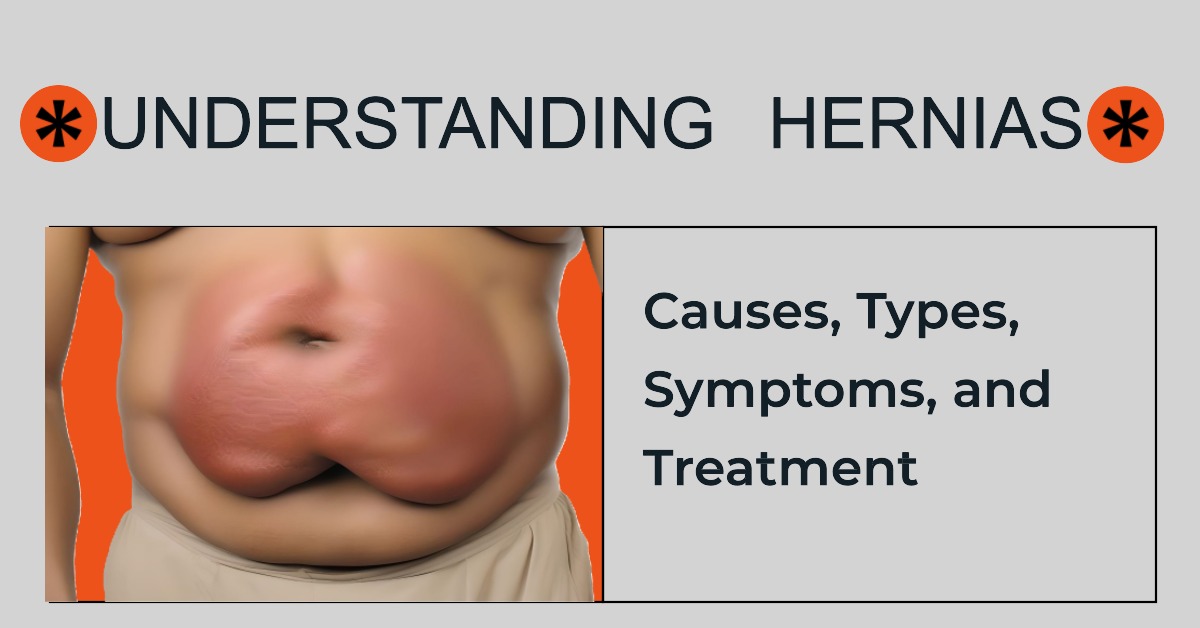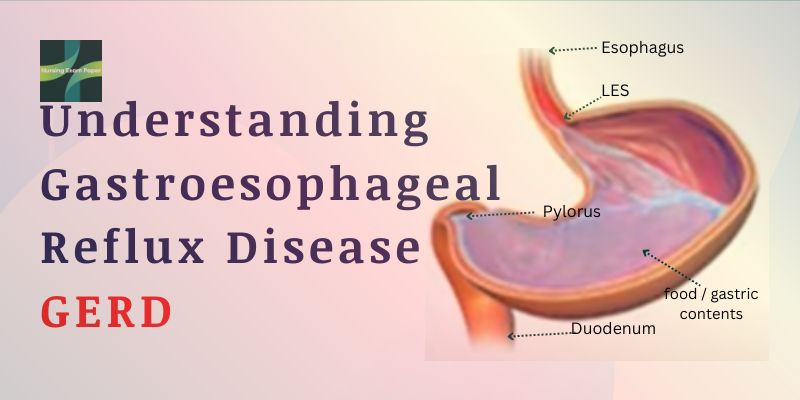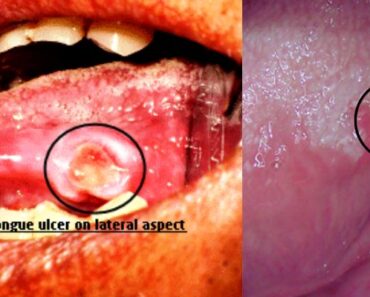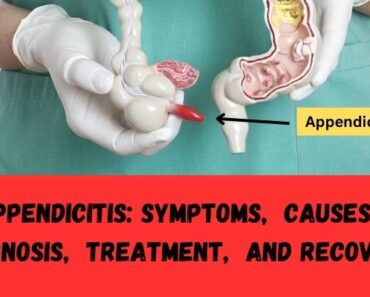Introduction – The stomach is a muscular organ that is present in the gastrointestinal tract. It is a vital organ that connects the esophagus to the small intestine. The stomach is present in the left side of the abdominal cavity below the diaphragm. The function of stomach is storage for food and provides enough time to digest the food. The stomach wall contracts and mixes the ingested food with gastric juices and starts to break down the fats and proteins.
What is the Stomach and its function?
The stomach is a hollow visceral fibromuscular organ. It has a J-shaped structure. The stomach is situated in the left hypochondrium, epigastric, and umbilical region. It is the most dilated part of the digestive system present between the esophagus and duodenum. It is connected to other organs by the peritoneum. The lesser omentum connects the stomach to the liver and then extends around the stomach. The greater omentum then continues inferiorly from the stomach, hanging from it like a curtain.
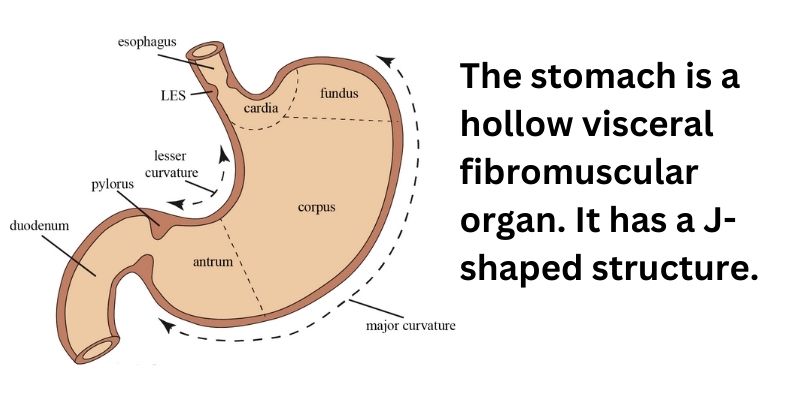
It has two ends, a cardiac end, and a pyloric end. The cardiac end communicates with the lower end of the esophagus through the cardiac orifice and the pyloric end communicates with the duodenum through the pyloric orifice. It has two borders. The right border has lesser curvature and the left border has greater curvature.
Anatomical Location of Stomach
The stomach is located in the upper abdomen, primarily in the left upper quadrant. Here are some key details about its anatomical location:
- Region: The stomach is situated in the upper part of the abdominal cavity, just below the diaphragm.
- Position: It is positioned between the esophagus (which delivers food from the throat) and the duodenum (the first part of the small intestine).
- Orientation: The stomach typically lies horizontally across the upper abdomen. Its orientation can vary slightly depending on the individual’s body position and other factors.
- Specifics:
- The left side of the stomach (greater curvature) often extends toward the left side of the abdomen.
- The right side of the stomach (lesser curvature) is closer to the midline of the body.
- The fundus of the stomach is the part that extends above the cardiac region and may reach as high as the lower portion of the left lung.
- Relationships:
- Superiorly, the stomach is close to the diaphragm and the lower part of the left lung.
- Inferiorly, it connects to the duodenum through the pyloric sphincter.
- Anteriorly, it is covered by the greater omentum, a fold of peritoneum.
- Posteriorly, it is related to several structures including the pancreas, left kidney, spleen, and left adrenal gland.
The stomach is divided into four parts
- fundus
- cardiac
- body
- pyloric.
The Fundus of the stomach – is the upper dome-shaped structure of the stomach. It lies above the cardiac region. It stores the food sometimes and then gradually releases it into the rest of the stomach.
The cardiac region is present near the junction of the esophagus and stomach. It has a cardiac sphincter that regulates the passage of food into the stomach.
The body is present between the cardiac and the pyloric part. It is the largest and the central part of the stomach. It is responsible for the mixing of food with gastric juices and breaking the food into simple particles.
Pyloric is the lowermost part of the stomach. It has a funnel-shaped structure. That is connected to the duodenum through a pyloric orifice. It regulates the release of food into the duodenum.
The Function of the Stomach
The function of stomach in the digestive system is given below
- Its main function is the storage of food and mixing it with gastric juices.
- It secretes hydrochloric acid and pepsin to digest the food.
- This acidic environment of the stomach kills unwanted microorganisms.
- It secretes intrinsic factors to digest the vitamin B12.
Layers of stomach
The stomach has four layers. The innermost layer is the mucosa. It produces mucus and gastric juices. The second layer is the submucosa, which provides structural support. It is followed by muscular externa. It consists of smooth muscle fibers that contract and help in mixing the food with gastric juices and digestion. The outermost layer is serosa. It protects the stomach.
Blood supply of the stomach
- Left gastric artery: Principal artery to stomach (smallest branch of the celiac trunk).
- Right gastric artery: Branch of proper hepatic artery > common hepatic artery. Left and right gastric artery anastomose the margins of lesser curvature.
- Left gastroepiploic artery: Branch of splenic artery
- Right gastroepiploic artery: Branch of gastroduodenal artery. The right gastroepiploic artery and the left gastroepiploic artery anastomose at the margins of the greater curvature.
- Short gastric artery: Supplies the fundus of the stomach and it is a branch of the splenic artery.
Nerve supply of stomach:-
The stomach is supplied by the autonomic nervous system via the sympathetic and parasympathetic nerves. The parasympathetic nerves are derived from the anterior and posterior vagal trunk which is a branch of the left and right vagus nerves respectively.
The anterior vagal trunk supplies a part of the stomach’s anterior surface and pylorus. The posterior vagal trunk supplies the remaining anterior surface and the whole posterior surface.
The parasympathetic nervous system has a secretomotor function. It relaxes the pylorus. It helps in gastric emptying and stimulates other gastric muscles.
The sympathetic innervation is derived from the celiac plexus. The nerve originates from the fifth to twelfth thoracic spinal nerves (T5-T12). These nerves reach the celiac plexus through the greater splanchnic nerves. The sympathetic nervous system has a vasomotor function, which stimulates the pylorus. It helps in gastric filling and relaxes the other gastric muscles.
Key points of stomach
- The stomach is present in the left side of the abdominal cavity below the diaphragm.
- It has four parts:- fundus, cardiac, body, and pyloric.
- The function of the stomach is to store food and mixing with the gastric juices.
- The stomach has four layers: mucosa, submucosa, muscularis externa and serosa.
- It is supplied by left gastric artery, right gastric artery, left gastroepiploic artery, right gastroepiploic artery, and short gastric artery.
- The stomach is supplied by vagus nerves and celiac plexus.
- The parasympathetic nervous system helps in gastric emptying and stimulates other gastric muscles.
- The sympathetic nervous system helps in gastric filling and relaxes the other gastric muscles.
Read also-
The Human Digestive System its parts and functions
The Mouth Structure Function and Diseases
What are the Placenta Types and Functions
Cardiovascular System-Related Multiple Choice Questions and Answers
